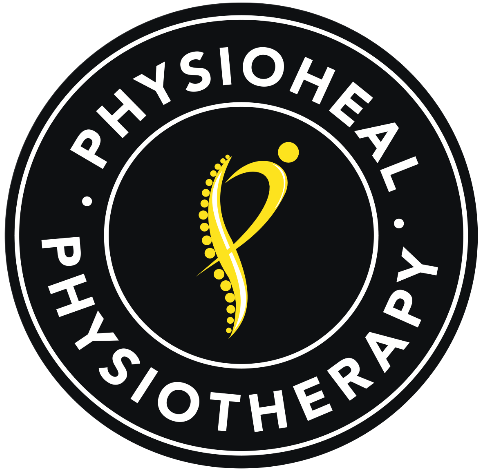We Are Open For Occupational Physiotherapy in Gurgaon!
Fill the form and let us call you back.
[gravityform id="3" title="false" description="false"]
Occupational Physiotherapy - Physioheal Physiotherapy
Occupational therapy (OT) is a vital treatment method designed to assist individuals dealing with pain, injuries, illnesses, or disabilities that hinder their ability to perform essential tasks. Whether it’s managing daily activities, excelling at work or school, handling household chores, enhancing mobility, or engaging in various activities, occupational therapy equips individuals with valuable skills and adaptive techniques. This page will delve into the symptoms, causes, diagnosis, treatment, and the pivotal role of occupational therapy.
Understanding Occupational Therapy
Occupational therapy aims to empower individuals by enabling them to adapt and regain control over their lives. When pain, illness, or disability disrupts daily routines, occupational therapists step in to bridge the gap. These skilled professionals teach adaptive strategies and may introduce assistive devices if necessary.
What Occupational Therapists Do
Occupational therapists (OTs) are resourceful professionals who offer practical guidance and support for individuals to perform their daily activities effectively. Their work revolves around tailoring environments to suit the unique needs and preferences of each person. Here are some common scenarios where OTs can make a significant impact:
- Adapting to Physical Changes: OTs assist individuals in transitioning smoothly when facing physical changes.
- Cognitive Support: For those experiencing changes in cognitive function, OTs provide guidance to adapt in various environments, including the workplace.
- Supporting Children with Disabilities: OTs play a crucial role in helping children with disabilities actively participate in school life.
- Enhancing Social Engagement: Individuals with disabilities can benefit from OT to actively engage in social activities, hobbies, and sports.
The Occupational Therapy Process
Occupational therapists embark on a collaborative journey with individuals and their families to identify goals and create customized interventions. The key steps include:
- Goal Identification: Understanding the individual’s objectives and needs.
- Custom Intervention: Designing a tailored plan to facilitate daily activities and achieve goals.
- Progress Evaluation: Regular assessments to determine goal attainment and make adjustments as needed.
Occupational Therapy Assessment
During an occupational therapy session, the OT will conduct a comprehensive evaluation of the individual’s abilities and objectives. The assessment involves:
- Reviewing the individual’s medical history and daily life activities.
- Questioning the individual about their routine.
- Observing the individual while performing specific tasks.
- Assessing the home, school, or workplace environment to identify potential improvements.
Based on this assessment, the OT develops a treatment plan that may include recommendations for specialized equipment or adaptive techniques to enhance daily activities.
Occupational Therapy vs. Physical Therapy
While occupational therapy and physical therapy share similarities in providing practical support, they serve distinct purposes. People often confuse occupational therapy and physical therapy because specialists in both areas work with similar groups of people and offer practical support. However, these types of therapy are different.
Occupational therapy focuses on improving people’s ability to perform the tasks that they need to do in their everyday life. Physical therapy is different because it focuses on helping people improve their movement.
Physical therapists (PTs) are movement experts who improve quality of life for people with specific movement dysfunctions. They do this through:
- prescribing specific exercises
- providing hands-on care
- educating people on the affected area of their body
After making a diagnosis, PTs create personalized plans that help people:
- improve their mobility, such as for those with stiff joints or muscles
- manage pain and other chronic conditions, such as persistent back pain
- recover from injury or surgery
- prevent further injuries
Both OTs and PTs work with people on an individual level and develop plans to help them achieve their targets.
However, while an OT will focus on the person’s goals relating to carrying out their everyday activities, a physical therapist will concentrate on the person’s movement goals.
An OT will usually recommend specialist equipment or suggest different ways of doing things that might help a person perform their necessary tasks. Physical therapists tend to prescribe a course of exercises to help improve the way the person moves.
Conclusion
Occupational therapy is a healthcare profession dedicated to empowering individuals to lead fulfilling lives despite illness, disability, or recovery challenges. It focuses on enhancing the ability to carry out daily activities and promotes overall well-being. Occupational therapists work collaboratively with individuals to tailor interventions, recommend adaptive techniques, and facilitate environment modifications.
For comprehensive and effective occupational therapy, consult Dr. Divya Gaur at Physioheal Physiotherapy Gurgaon. Our expert team of physiotherapists is committed to ensuring a successful rehabilitation journey. To schedule an appointment, please call +91-9999259307, book online, or request a phone consultation.
